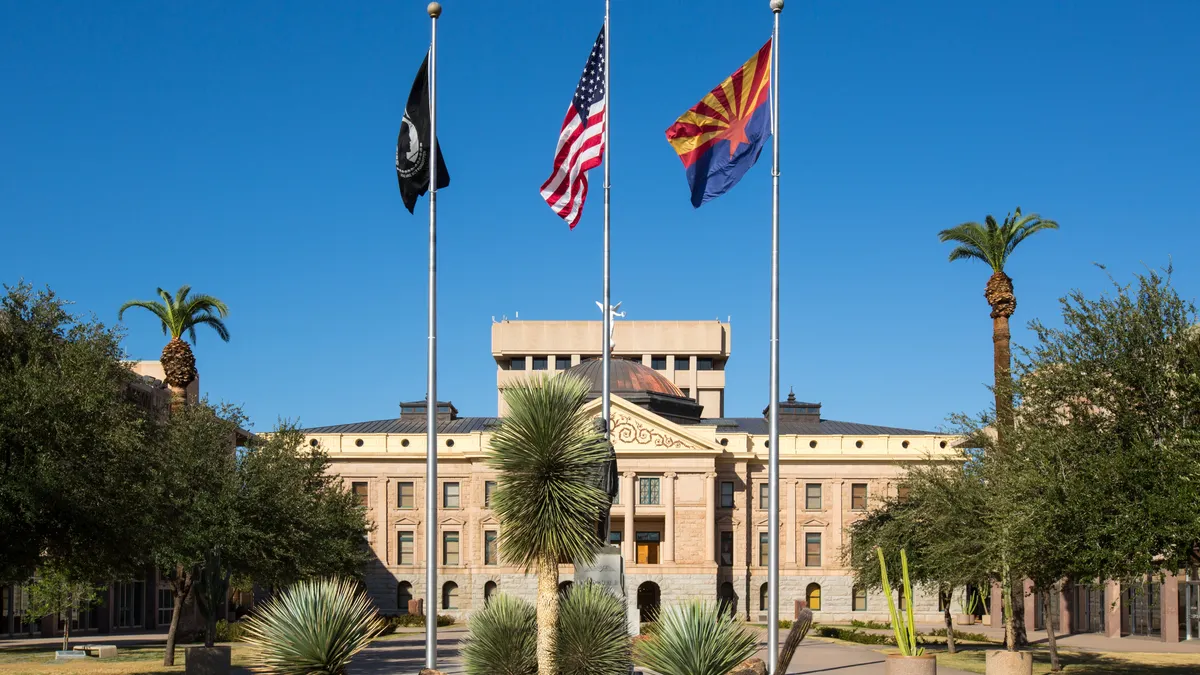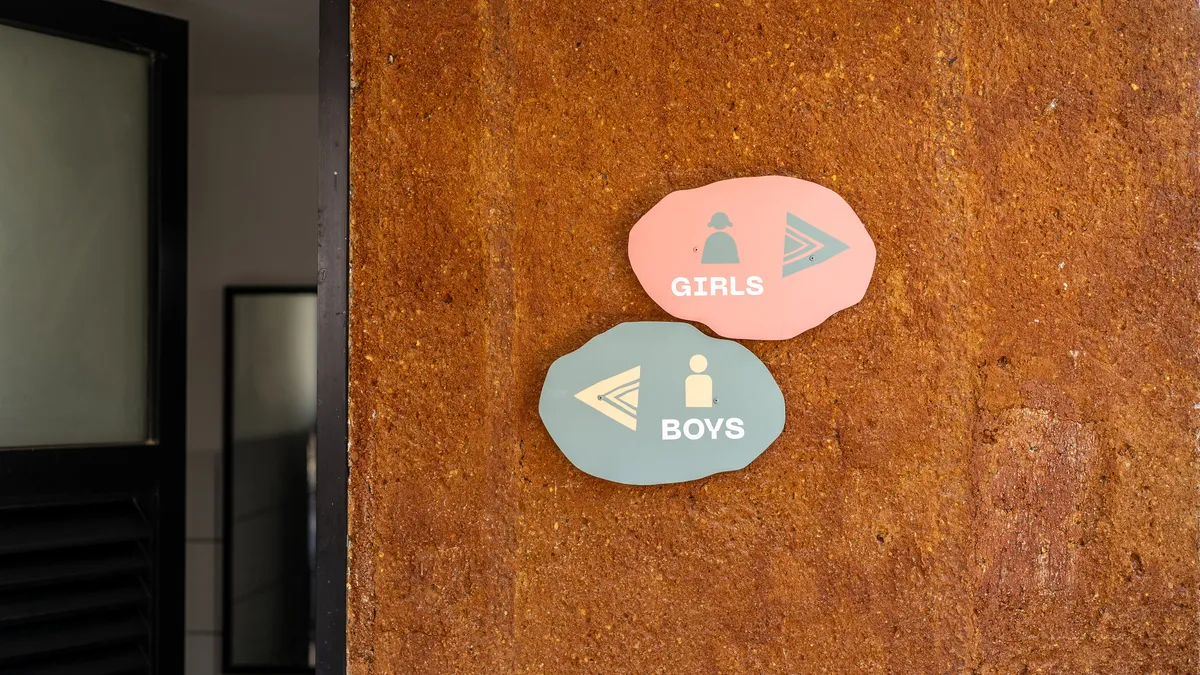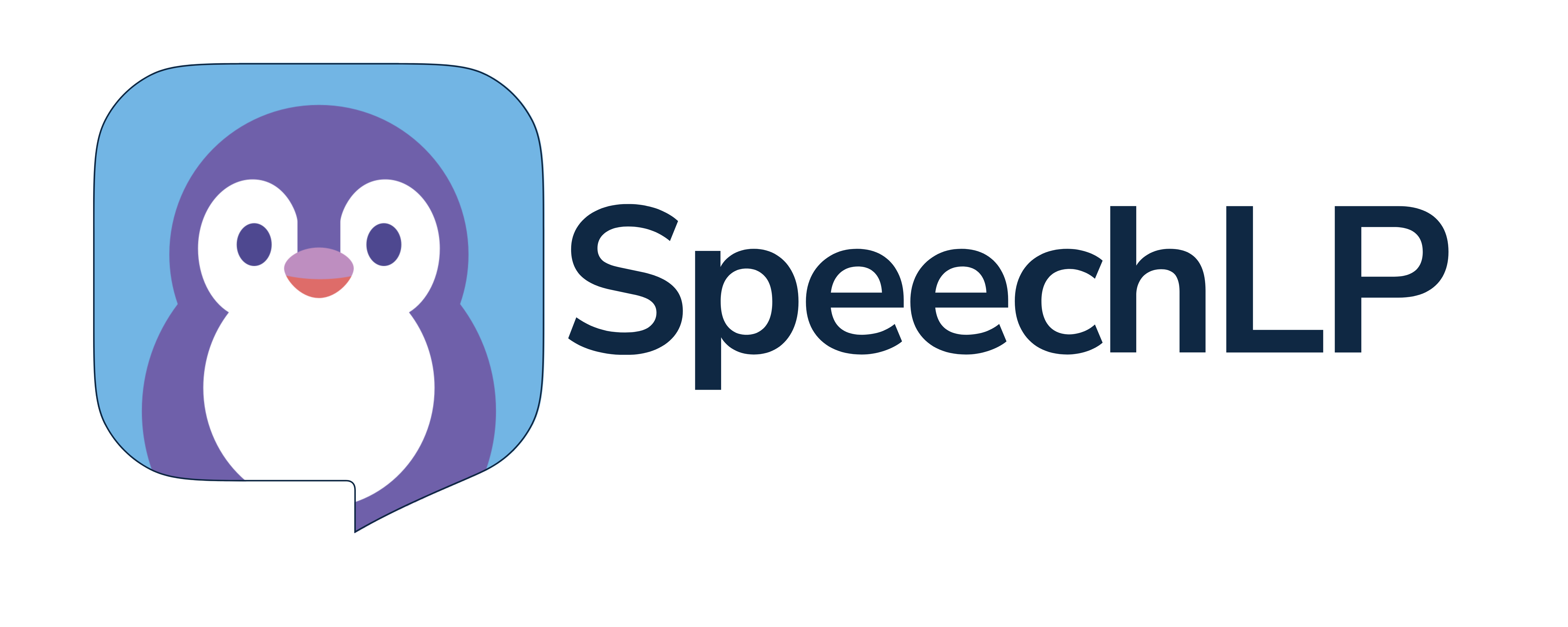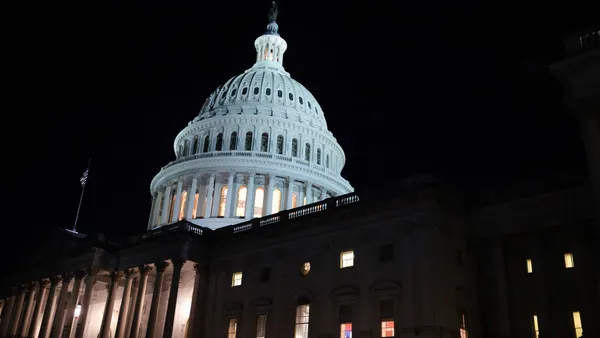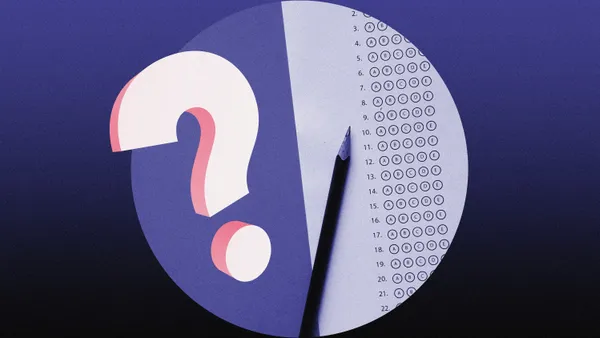Dive Brief:
- Student participation in Arizona's universal private school choice program has grown an exponential 633% — from 12,000 students in the 2021-22 school year to 88,000 students in 2024-25, to equal about 7% of the state's school-aged population, according to a Rand Corp. analysis published Thursday.
- The Grand Canyon State's education savings account program, which is the oldest in the country, represented 10% of the state's Department of Education budget in 2025 — rising from $2.2 million for the 2011-12 school year to $886 million for 2024-25.
- Nineteen states now have ESAs. As other states consider ESA implementation, Rand recommends that organizers consider the impacts on administrative burdens, public school enrollment and new accountability systems.
Dive Insight:
Arizona's ESA program launched in the 2011-12 school year with 144 students, and over the next few years, it served mostly targeted populations such as students with disabilities. In 2022-23, the program opened up to all students. ESAs provide K-12 families with public funds to spend on their child’s private or homeschool education, as well as for other educational expenses.
Rand's analysis found that ESA users in Arizona tend to come from school districts that, on average, have higher achievement levels, serve students from more affluent backgrounds and have larger White populations.
Most of the ESA funding that Arizona families received in fall 2024 — 60%, or about $120 million in 2025 dollars — went toward private school tuition, but Rand found a growing portion being spent on other education services like curriculum materials and tutoring, according to Rand.
The rapid acceleration of ESA participation in the state has also spurred more vendors — including private schools — to participate in Arizona’s online education marketplace, called ClassWallet. The number of vendors on ClassWallet rose from 1,339 in 2021 to 6,091 by 2024. The number of private schools in the state, meanwhile, has grown from 451 in 2022 to 515 in 2024.
Based on the insights from Arizona's ESA, Rand offered recommendations to states considering new programs or changes to their current ones, including:
- Design a program around set goals. If the goal is to provide alternative educational opportunities for students without access to appropriate public education options, a targeted program for specific student subgroups might be preferred. But if the aim is to allow public funds to follow students, regardless of whether they are already enrolled in private school, universal ESA programs might be the better course of action.
- Target outreach to populations unfamiliar with ESAs. Some families might be less likely to learn about and use ESAs, such as low-income families in underperforming schools or those with children with disabilities.
- Budget for private school choice from early adopters. Nascent universal ESA programs should expect that a significant share of first adopters will likely have students already enrolled in private schools or who are homeschooled. This enrollment pattern could mean ESA programs will increase state education budgets rather than reduce them, at least at first.
- Add predictability to budget planning. Some 28% of Arizona ESA funds awarded, or about $213 million, for the 2023-24 school year had not been spent. To help predict the impact on state budgets, states should consider requiring families to spend their ESA allocations within each calendar year, as opposed to being able to roll funds over from year to year.
- Ensure transparency of spending and student outcomes. Understanding program targets and outcomes allows parents, education leaders, policymakers and researchers to pinpoint areas of strengths and challenges, as well as opportunities for improvements.



